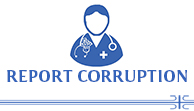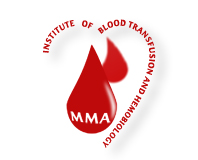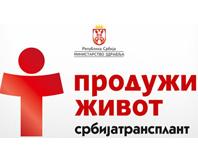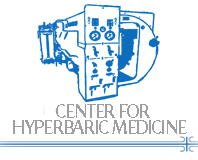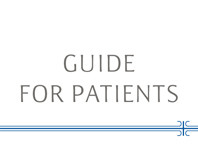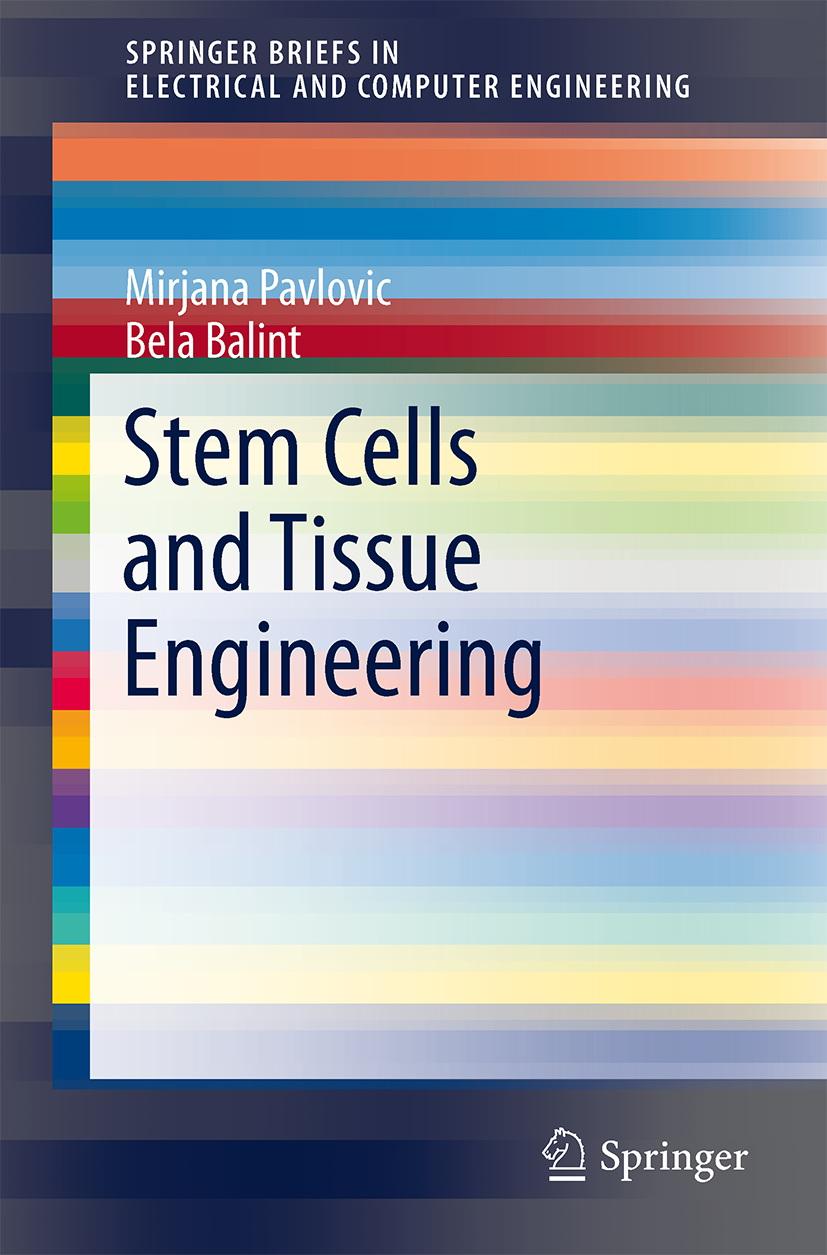
Stem Cells and Tissue Engineering
24. 01. 2013
The book named "Stem Cells and Tissue Engineering" by Prof. Dr. Mirjana Pavlovic, Department of Computer and Electrical Engineering and Computer Science, Florida Atlantic University, Florida, USA and Prof. Dr. Bela Balint, Head of the MMA’s Institute of Transfusiology and Hemobiology has been published by Springer, New York at the beginning of January 2013.
Stem Cells and Tissue Engineering is a concise review on the functional, phenotypic, regenerative, transplantational and curative aspects of a stem cell’s entity, representing at the same time a valuable contribution and further development of this medical branch. It illustrates truthful and appropriate samples from the practice and basic research domain that can lead toward optimal use of this therapy in human pathology. Written by a clinician and a researcher and based on their personal experiences, it is recommended as a teaching tool along with an original textbook. The edition is available so far only in English.
Thanks to the "unlimited" biological potential of self-regeneration, totipotent, pluripotent and/or multipotent stem cells are preserving their population permanency in various tissues and multi-component cell systems, as bone marrow. Primitive parts primary issue the cells with lower potential of self-regeneration and, thereafter, stem cells designated to one lineage with practically negligible self-regeneration capacity. This stem cell section with further maturation forms morphologically familiar precursors and functionally adult cells. Specific stem cell hematopoietic populations represent "a developed continuum" of differently mature cells described as pyramidal organization population. It is composed of three cell sections: a) totipotent/multipotent/pluripotent stem cell section, b) oligo or unipotent (definite) stem cell section, c) morphologically familiar (adult and immature) cells.
Aimed at transplantational medicine and regenerative therapy, stem cells are most often collected from the bone marrow or peripheral blood after the mobilization or from the other sources, as umbilical cord blood, muscle and other tissues. Simply speaking, stem cells transplantation is therapeutic method providing the substitution of primary or artificially damaged, i.e. functionally low active hematopoietic cells, with healthy hematopoietic stem cells. In the other words, stem cell transplantation insures complete and long-lasting reconstruction of patient’s hematopoietic system after receiving myeloablative therapy and the other bone marrow deteriorations which endanger once life. Totipotent/pluripotent stem cells are applicable in the area of "regenerative medicine" and their curative application is justified in patients with myocardial deteriorations, damages of liver, pancreas, cerebral and vascular tissues, etc. In that sense, the first clinical studies have demonstrated that injecting stem cells in damaged and/or ischemic area results with their "homing" and consequent transdifferentiation into the organ/tissue cell lines. Growth factors angiogenesis induce simultaneously a formation of collateral capillaries and arterioles, the process known as "neoangiogenesis".
Using critical review and interpretation of modern international literature covering the fields of transplantative and regenerative, i.e. personalized medicine, the authors represent personal high results in pre-clinical investigations as well as stem cell therapy application effects.

